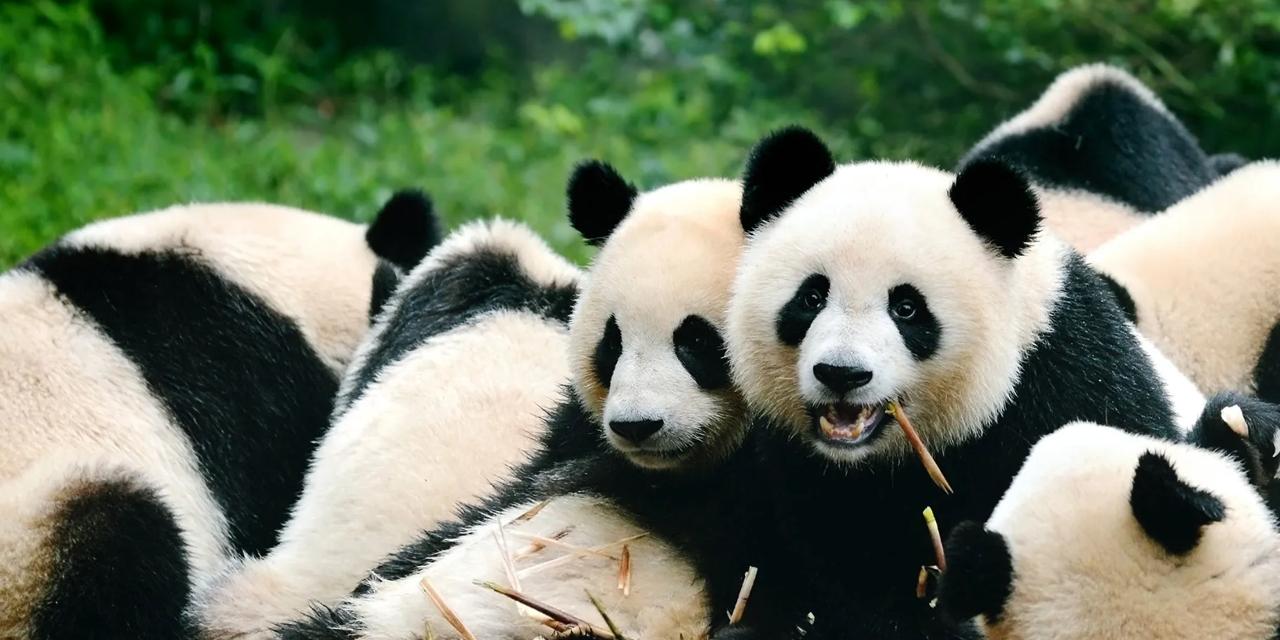Visit a panda centre
The giant panda is the symbol of China. Once spread across the entire country, these bamboo eaters are now confined to the uninhabited forests of central China. If you’d like to see one, your best bet is to visit one of the breeding centres around Chengdu, where information and knowledge of the pandas are gathered and from where the creatures are eventually returned to the wild. The most famous centre is the Chengdu Research Base of Giant Panda Breeding.


The slow tempo of the panda
The panda population is decreasing rapidly. One of the reasons for this is that reproduction is a real challenge for pandas. Female pandas are only fertile for a short period each year and male pandas have a weak libido. In successful cases, the pandas mate in the spring and the cub is born after a 4-5 month pregnancy. A newborn panda weighs just 100 grams – a fraction of their fully grown weight of more than 100 kilos. If you’re really lucky, you may come across a panda cub at a research centre. You might even be able to have your photo taken with one... For a fee.

Pandas dry each other’s tears
Perhaps it is the black spots around the eyes that make pandas so appealing. There is a Chinese legend that explains where the spots come from. There are various versions of the story. But usually it involves a girl who had befriended the pandas, at a time when the bears were still completely white, except for their black paws. One day, the girl died and the pandas cried and cried. They rubbed their eyes constantly with their paws; hence the black spots. They also hugged each other for comfort and that made their ears and shoulders black as well.
*显示的价格是针对一位成人的价格。所有金额均以 CNY 为单位。 包含税款和附加费。 不收取预订费,但可能会收取付款附加费。 根据所需费用,显示的票价可能会有所不同。 当您选择付款方式后,您会看到最终金额。
The weather forecast information is provided by World Weather Online. Air France-KLM is not responsible for the reliability of this data.













